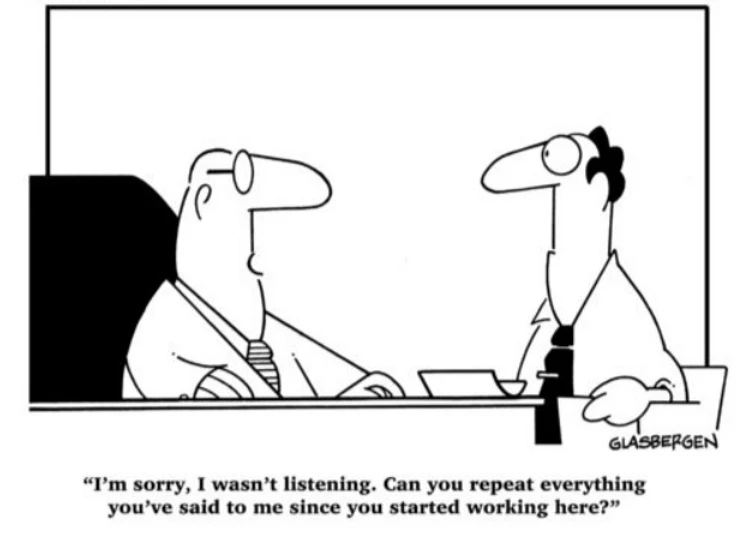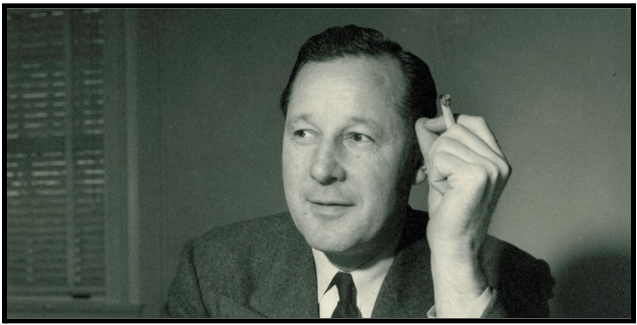Talking Big Ideas.
“A speech belongs half to the speaker and half to the listener.”
~ Michel de Montaigne, Essays
I got a phone call this week that made me happy.
It was an executive that I work with. He wanted to let me know that the president of his organization had just crushed a big presentation for their board meeting. He said it was like watching Sammy Sosa with a corked bat — the speech was a home run success.
I was thrilled to hear this. I immediately sent the speaker a congratulatory text and asked for a quick chat to review and assess.
As we discussed his presentation, he attributed his success to things we would all expect: he didn’t try to memorize a script; his practice gave him clarity on what to say; all the effort he’s put into speaking over the past year made him more comfortable.
And then he added this:
“The biggest thing is that I listened better this time. That helped me not only to understand and engage, it helped me be a better presenter.”
This gets to the heart of a fundamental truth about speaking: We don’t do it in a vacuum. We speak to other people. And we speak with other people.
If we want to effectively connect with our audience, it’s essential that we keep them in mind. The best speeches make the audience feel like the speaker understands them. Like the speaker is engaging directly with them.
And yet, when we speak, our default is often to focus on ourselves and our interests, rather than on our listeners and their interests.
Whenever I’m working with clients on a big presentation, we always begin by thinking about their audience. Who are they? What are they interested in? How can we best help them?
The better we listen to and understand our audience, the better we connect with them — and the more our message resonates.
The best part is, this applies to all our speaking, formal and informal, personal and professional. The gains we make at home will help us just as much in the boardroom.
Which means we can practice every day. In every conversation, if we’d like.
***
![]() IDEA
IDEA
Listening is the first step to communicating. The better we understand our audience, the better we connect with them.
Pay close attention to the next conversation you have. When it comes to a natural stopping point, ask the other person if you can summarize what they said. See if you can describe, in your own words, what they are thinking and feeling.
***
What do you think about this challenge? Please let me know! I’d love to hear from you.
If you find this useful, please subscribe to our free weekly newsletter.




